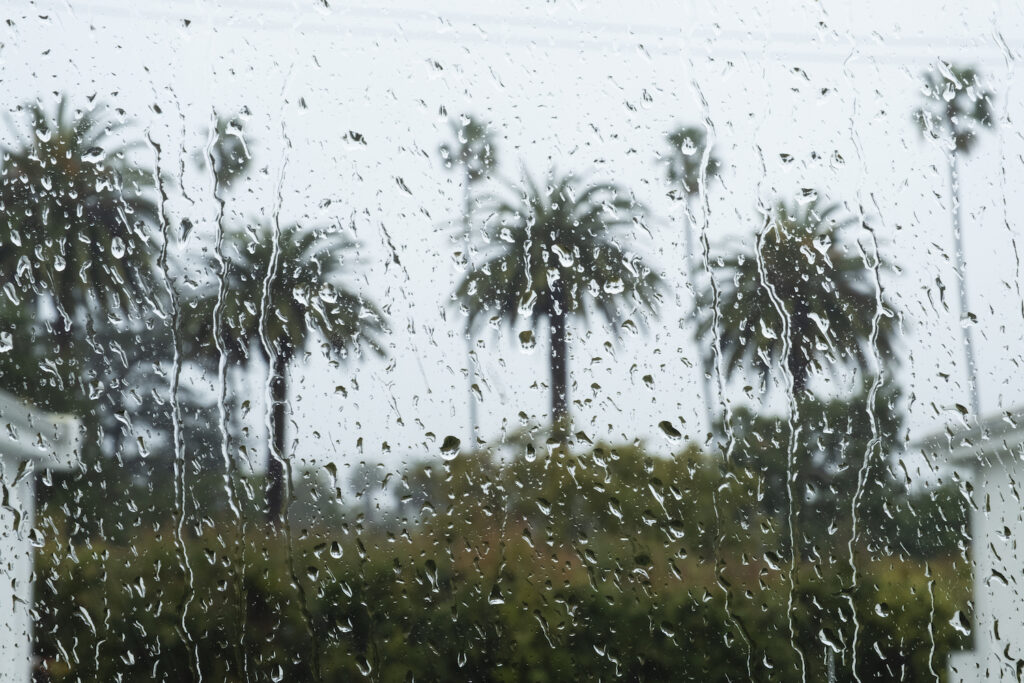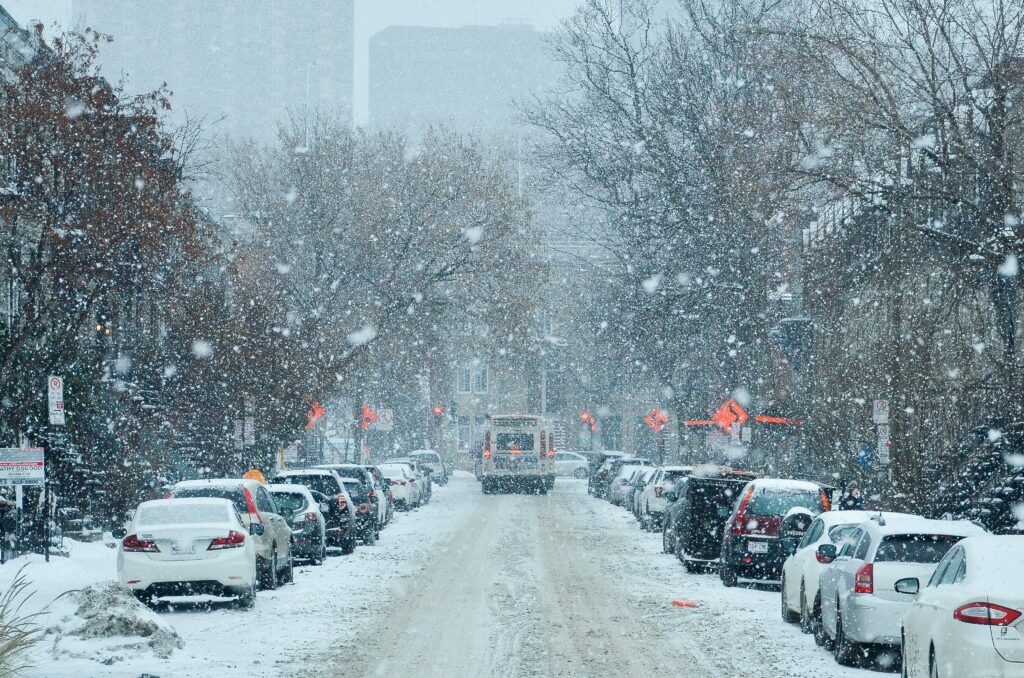There’s a saying that economists deserve credit for predicting eight of the last three recessions. And it’s true that if you keep predicting cyclical phenomena you will be right sometimes of sheer necessity, like the stopped clock correct twice a day. (If it’s mechanical, we mean.) But with the evidence showing Northern Hemisphere winters getting snowier over the past 30 years, and climate models predicting the opposite, is it really a good moment for CNN to predict yet again the end of snow?
It might seem so since, to the experts in various newsrooms, we’re always on the verge of runaway warming. If snow doesn’t vanish in 2007 or 2013 it must, like the Arctic ice, go sooner or later and they can say told you so as mankind perishes for want of skiing and water. Which is evidently the problem as CNN headlines the concerns of an “advocacy group known as Protect Our Winters (POW)” made up of “professional athletes and like-minded individuals fighting for policy to protect winter sports and mountain communities” one of whom told the United States Senate last year that “Increased temperatures are melting away both my sport and my livelihood”.
We beg to remind these well-meaning folks that one swallow does not make a summer nor one sick polar bear an extinction. According to CNN “This year has been a prime example of what is becoming more common. Snowfall has been abysmal in California this winter. The state-wide snowpack is running far below average to date and there is little relief in sight before the season ends.” Which is pretty bad, right?
Right. As journalism or even science. Because the story immediately adds “This is a stark comparison to last year when California was walloped with above-average snowfall and ended the season 175% of average by April 1.” So you’re panicking over a one-year trend in one place? What about NBC’s Feb. 28 story “Cold grips the East Coast as lake-effect snow ramps up”? Or the wet early spring across much of the American south?
Well see, it’s all about the extreme weather. “It’s this variability that leaves many wondering what the long-term trends are indicating. If climate science holds true, this winter whiplash could put many out of business as the low-snow years mount.” If climate science holds true? What climate science? How did we get from wondering what the long-term trends are indicating to the low-snow years mounting in two sentences? And where is this famous increase in variability anyway?
In any case, the Times of London reports in some bafflement, there’s still snow on Mt. Kilimanjaro. “Predictions that there would be no more snow on Africa’s highest peak long before we entered this decade spurred a rush of visitors to see the white cap of Mount Kilimanjaro before it vanished for ever. Yet climbers have been wading through snowdrifts on its upper reaches this month, confounding prophecies most notably featured in An Inconvenient Truth, the 2006 documentary on climate change written and fronted by Al Gore, the former US vice-president. ‘The snow has certainly got my clients talking,’ Methley Swai, owner of the Just-Kilimanjaro trekking company, said. ‘Many people have made Kilimanjaro a bucket list priority because of the Al Gore deadline but when they get here they are pleasantly surprised to find lots of snow.’ There were also abnormally high snowfalls in 2018, which led to the highest recorded growth for the total snow depth on Tanzania’s inactive volcano, an aggregated increase of 1.2m.”
Not to worry. A researcher, while warning against “hyperbole,” says “The timing on all those predictions was obviously off. But most importantly, all glaciers on the mountain continue to decrease in thickness and in area.” So it’s the end of snow. Again. And again. This time for sure. Or the next.


